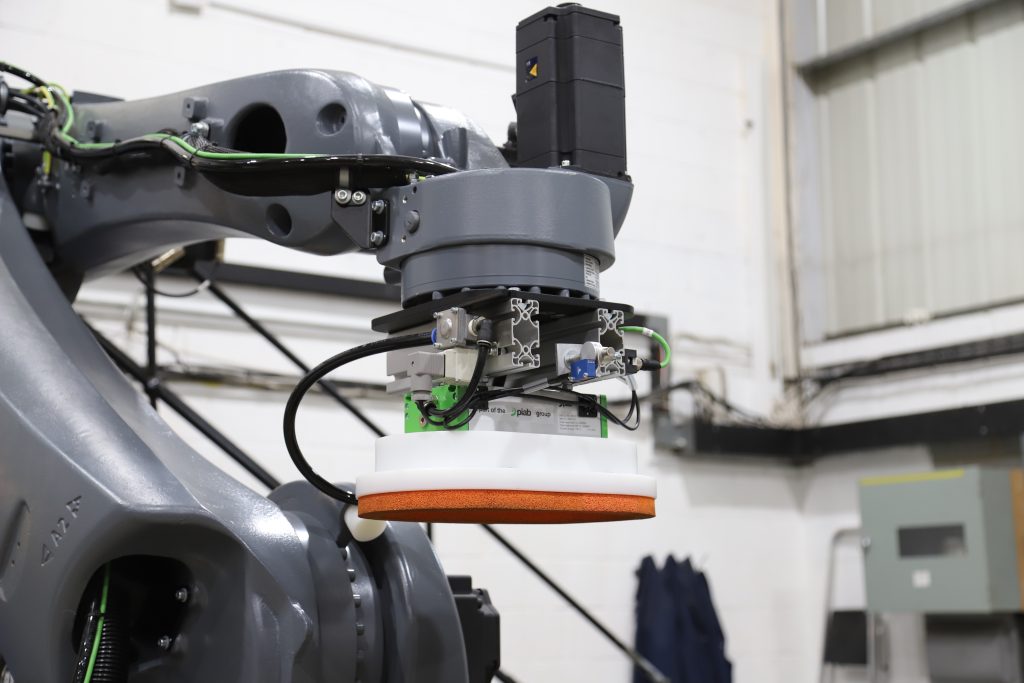Yes, a palletiser can palletise products from two or more separate lines, commonly referred to as “dual-line palletising” or “multi-line palletising”. This is a standard feature in many industrial palletising systems and is used to increase efficiency, optimize palletising operations, and reduce the need for additional palletising equipment.
In dual-line or multi-line palletising, products from two or more independent production lines are conveyed to the palletiser through their respective conveyors, and the palletiser can handle the multiple lines simultaneously. Here’s how the process typically works:
- Separate Conveyors: Each production line has its own conveyor system that feeds products to the palletiser. These conveyors typically run parallel to each other and can be set up side by side.
- Product Identification: The palletiser’s control system can identify the source of each product based on its origin line. This ensures that products from Line 1 are palletised together separately from products from Line 2, etc.
- Palletising Pattern: The palletiser’s software is programmed with the palletising patterns for each product line. Each line may have its unique stacking arrangement or palletising sequence.
- Robotic Palletising: The robotic arm of the palletiser picks up products from the various lines and places them onto the pallets based on their respective palletising patterns. With dual-line palletising, depending on the specific system setup, the palletiser will typically alternate between picking products from Line 1 and Line 2, ensuring a balanced and efficient palletising process. The system can also be set up to give palletising priority to one lane or the other, or to palletise on demand.
Benefits of dual-line and multi-line palletising:
- Increased Throughput: By handling products from two or more lines at the same time, the palletiser achieves a higher throughput, reducing overall palletising time.
- Space Optimization: A dual-line or multi-line palletising system allows manufacturers to use the same palletiser for multiple lines, optimizing floor space and reducing the need for additional equipment.
It’s important to ensure that the dual-line/multi-line palletising system is properly designed, and to ensure that the gripper head on the robot is suitable for picking and placing the products from the lines. The palletiser’s control system and software must be set up correctly to handle the different lines without any collision or safety issues.
A key factor to consider when choosing a double lane palletising system is the speed; the speed of the system will be defined by the number of cycles the robot can do in a minute multiplied by the number of products it can lift per cycle. Some systems have row gripping which enables the system to pick and place multiples of product, for a better understanding of this see https://www.granta-automation.co.uk/news/how-many-boxes-or-bags-per-minute-or-hour-can-a-palletiser-palletise/. It is very important to ensure that the speed requirements including any pallet moving and slipsheet placement between layers is met, as having a dual lane system does halve the maximum speed per lane of a single lane system.
If you are considering implementing a dual-line or multi-lane palletising system, it’s best to consult with palletiser manufacturers or automation experts. They can provide guidance on the most suitable setup for your specific production requirements and ensure smooth integration with your existing production lines.
If you would like to discuss your specific application in more detail, please contact us on 01223 499488 or helpline@granta-automation.co.uk.

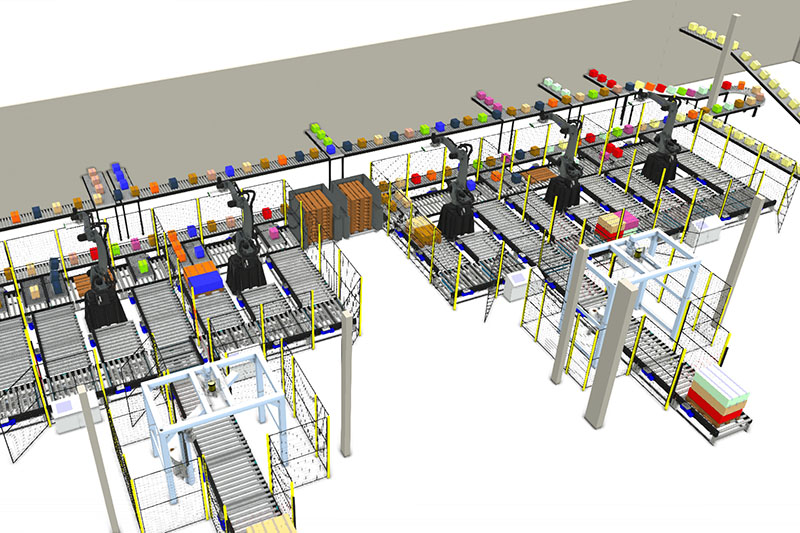






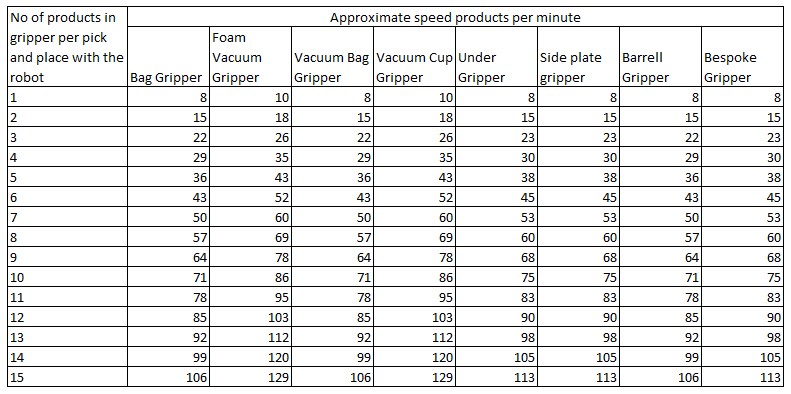
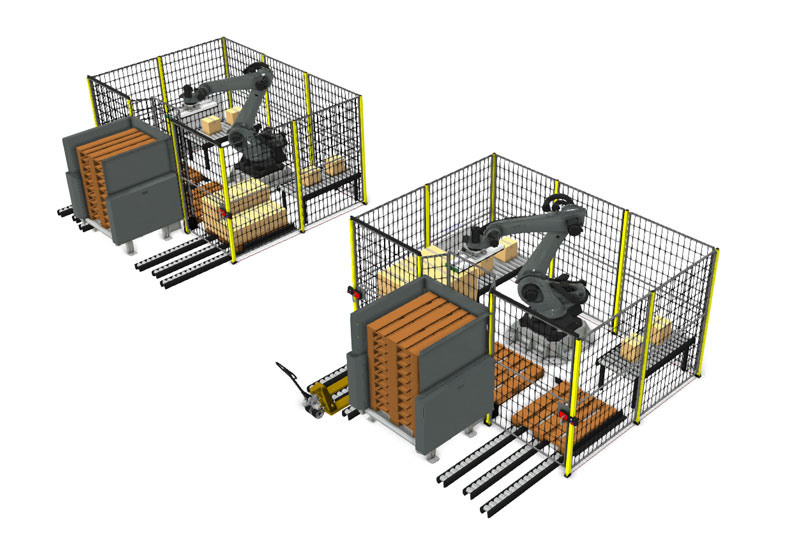

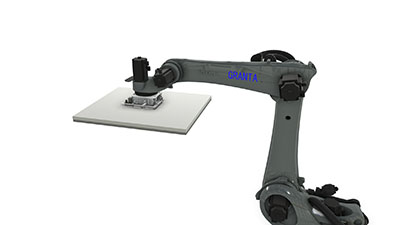
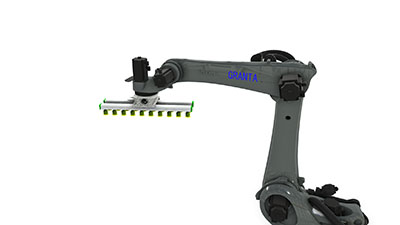
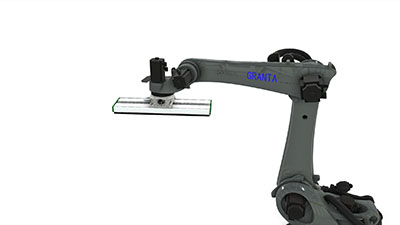
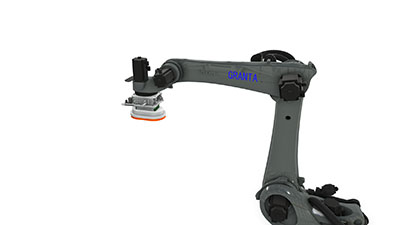 Vacuum Bag Gripper
Vacuum Bag Gripper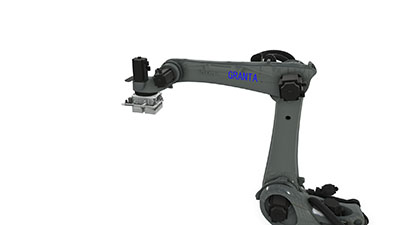 Vacuum Box Gripper
Vacuum Box Gripper